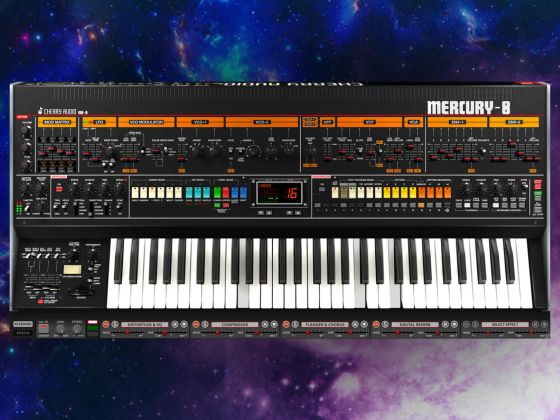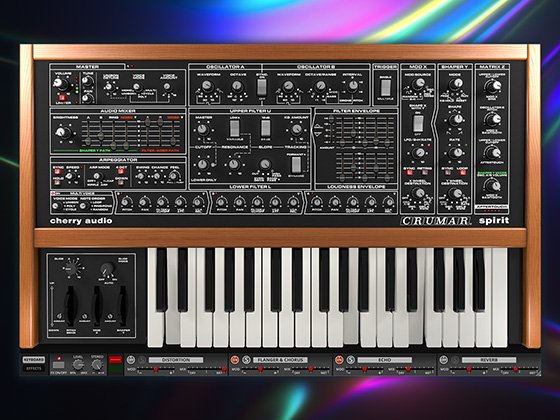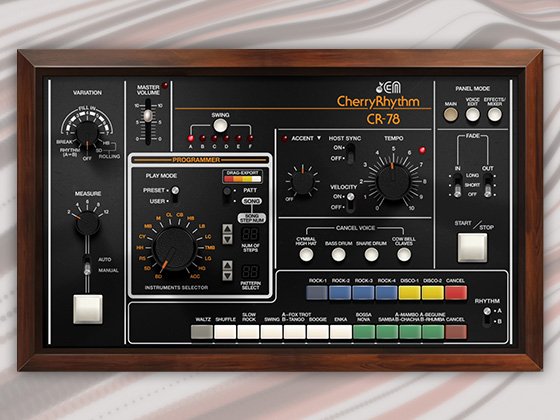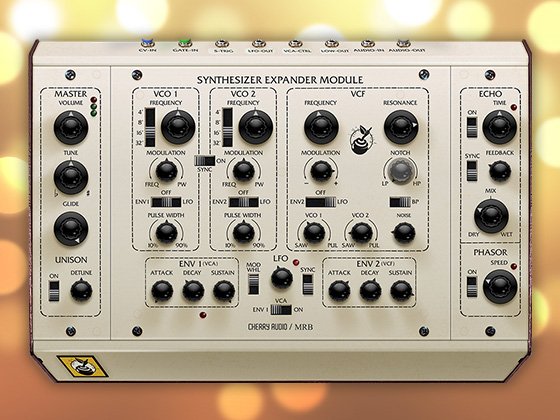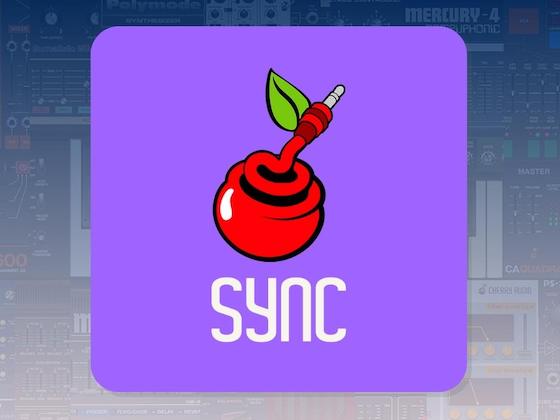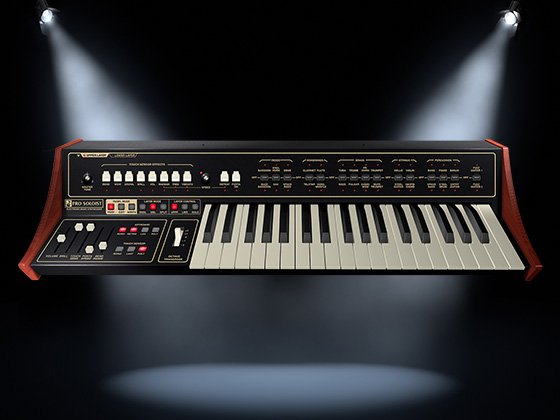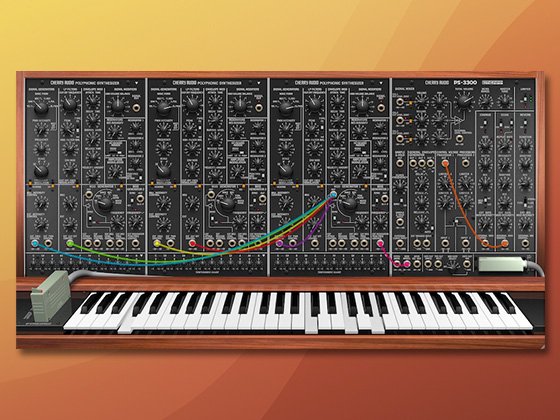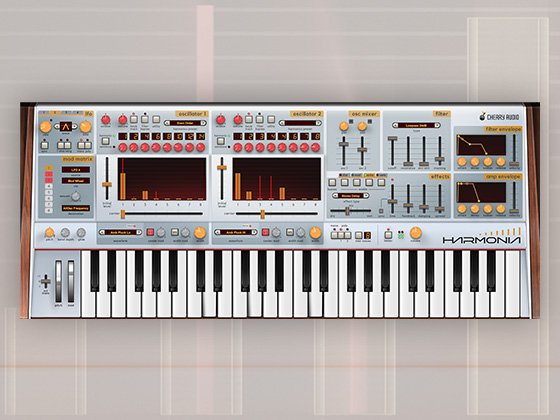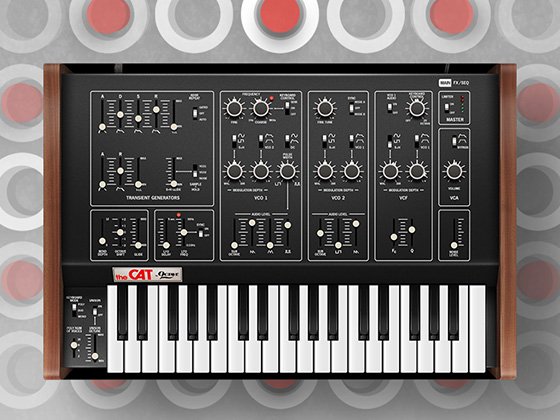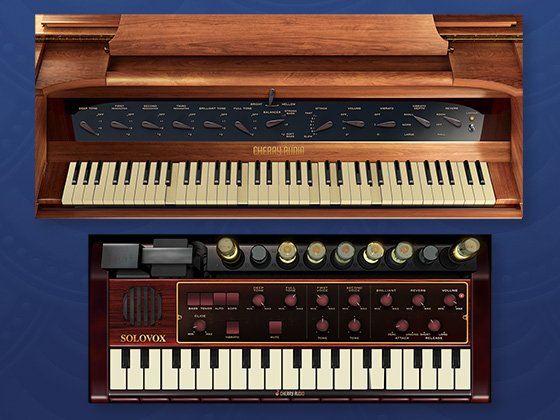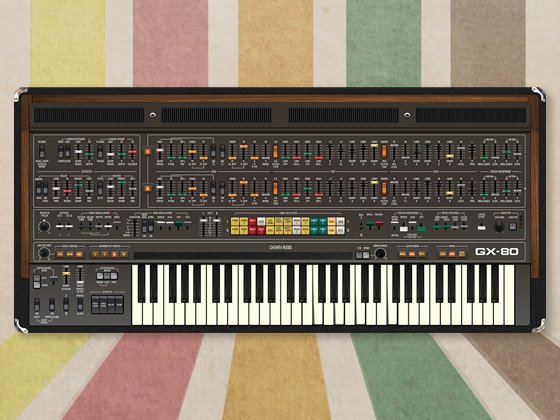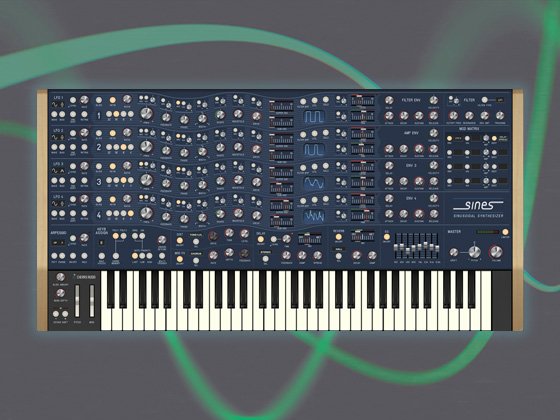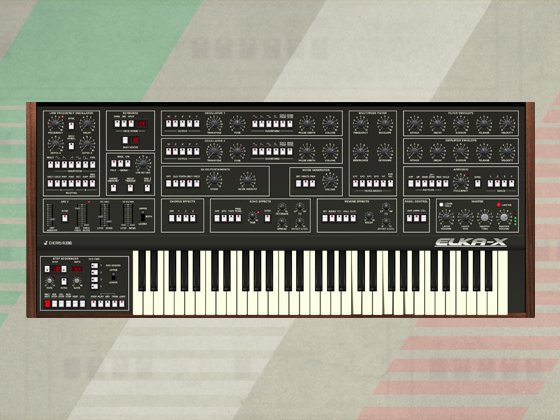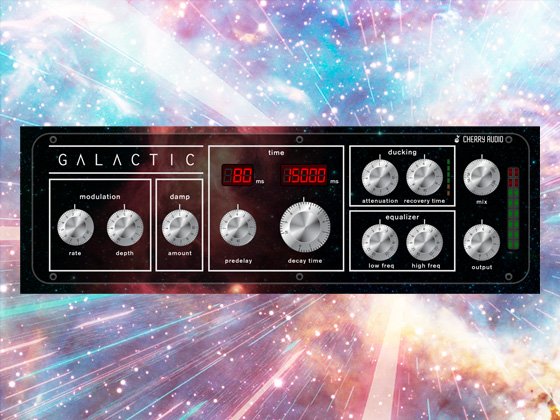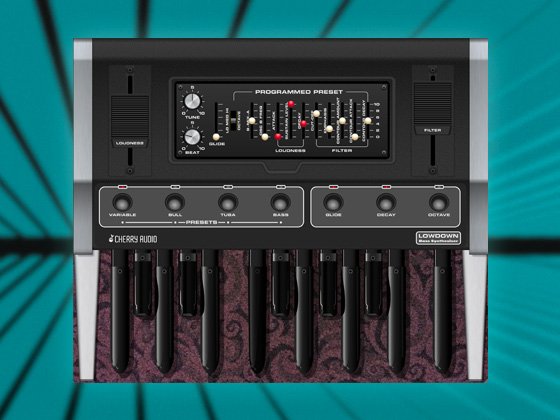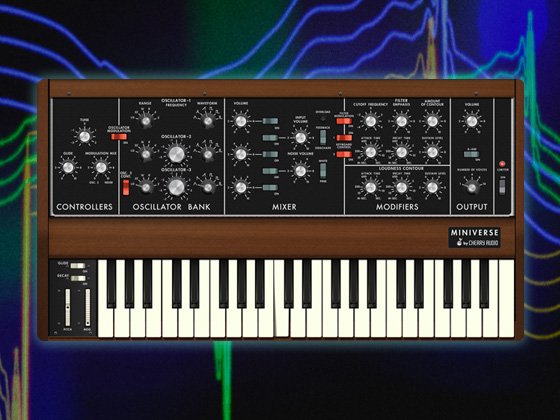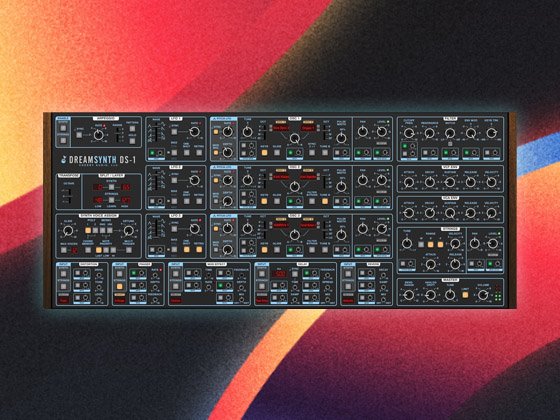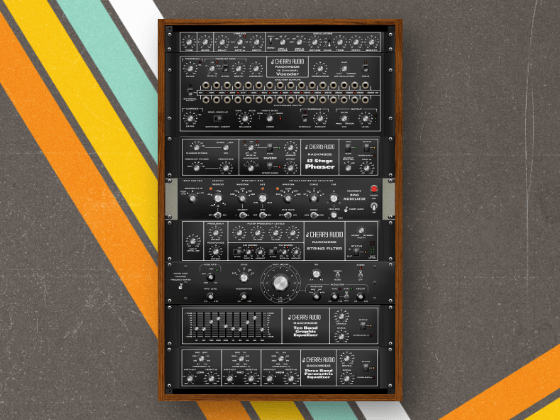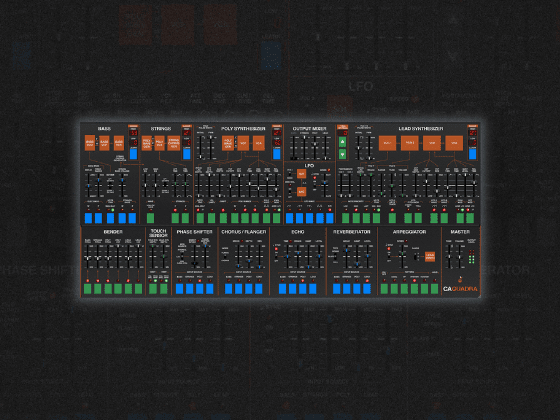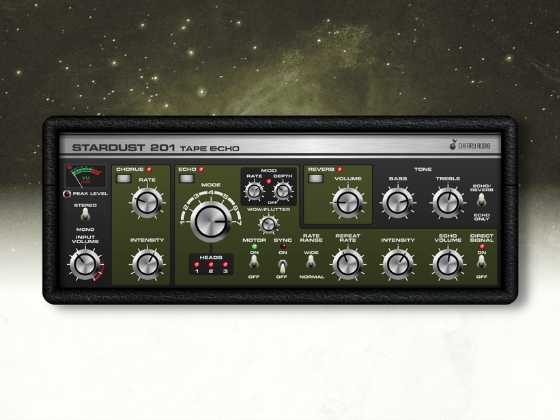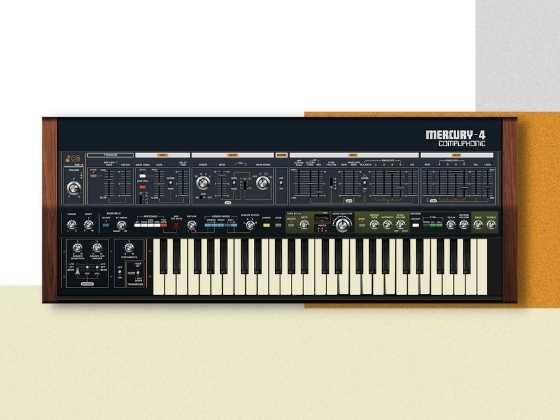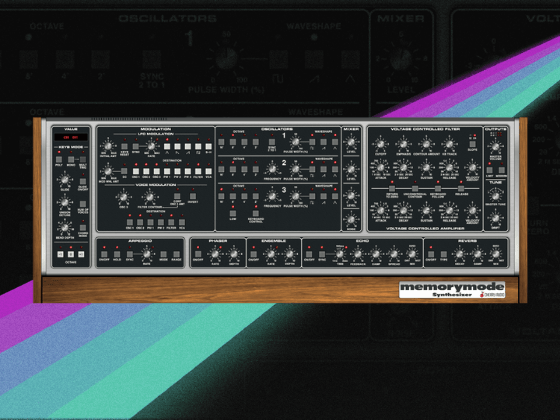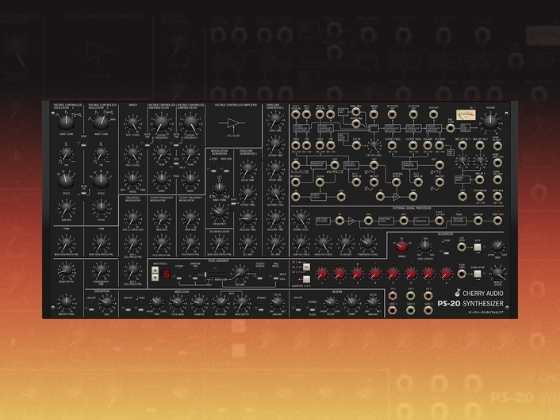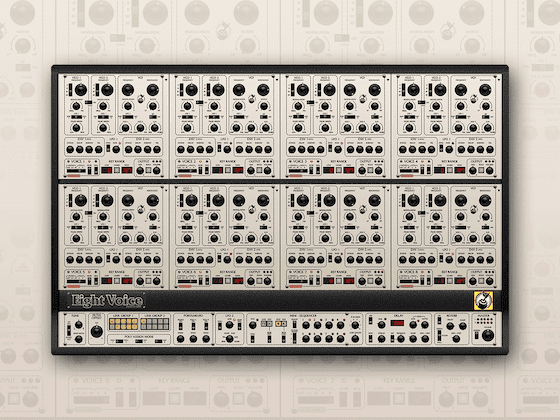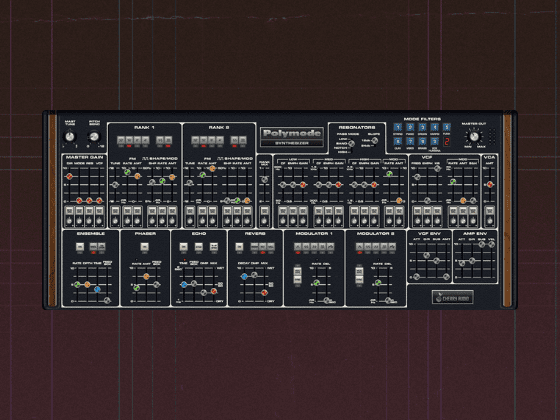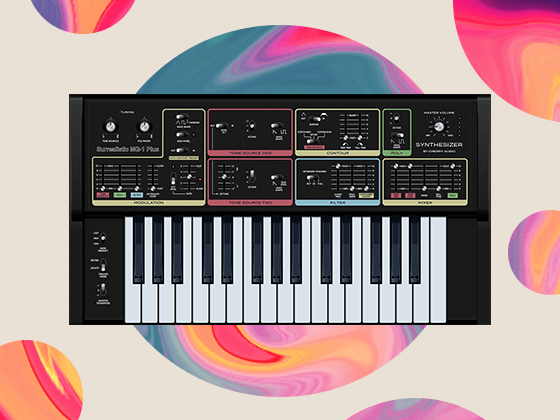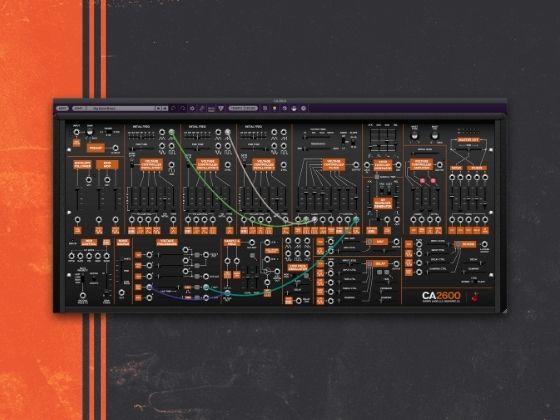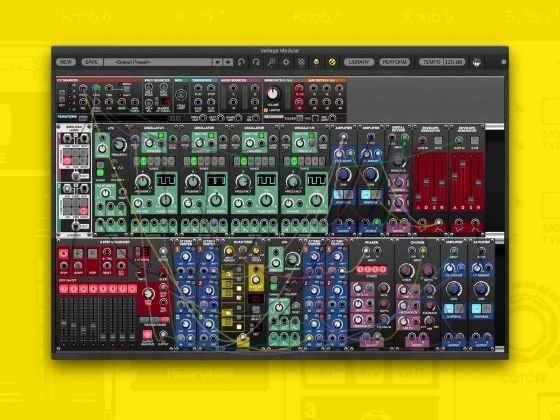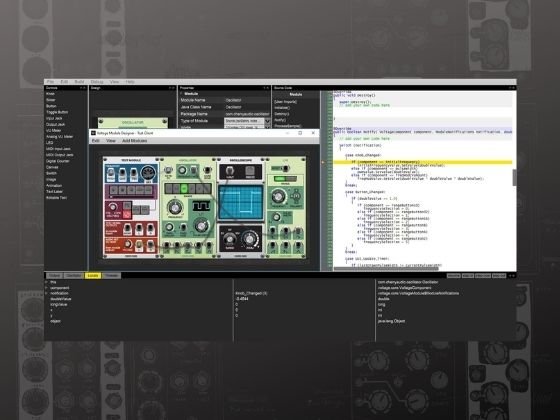Manufacturer: Oliver Moebus
$3.00
Capricious Clock II
is an expanded version of the free "Micro-Timer" module. Like its predecessor it is a clock multiplier combined with a sequencer, but it is not only capable of deriving a "grooving" clock signal out of a "straight" one, it can also create randomly changing and equally "grooving" trigger sequences.
Main controls
The Clock In jack needs a perfectly stable clock signal plugged into it. Note that after sudden changes of the clock frequency, the module will need a few clock cycles until it has adapted to the new tempo.
Steps decides how many extra clocks will be produced for each incoming clock signal and - accordingly - how many steps will be in the sequence. "2" e.g. doubles the tempo and creates a two-step sequence.
The sixteen central knobs control the step parameters within the sequence of multiplied clocks. Dependent on the Entry Mode they determine:
- the amount of delay applied to each trigger (in Entry Mode "Delay"),
- the likelihood of a trigger actually being send (in Entry Mode "Occurrence") and
- (in Entry Mode "Variance") a time-span by which the delay time of a step might be reduced (introducing a tendency of "swinging" beats to become more "straight" from time to time) .
Secondary controls
The two knobs on the left relate to two special dices that are thrown every time the sequencer proceeds. The first one modifies the delay time variance described above. The second one modifies the occurrence parameter, i.e. the likeliness with which specific steps will actually trigger.
- While the behavior of these dices will be purely random in normal operation, this can be changed by lowering the moodiness. The lower these values are, the more the chaotic occurrences of good and bad luck will turn into permanent "lucky and unlucky streaks" (the notorious "mood of Fortuna" becoming more tempered, so to speak). The two blue meters above the knob show the exact effect. In addition a click on these meters allows the individual exclusion of each of the modifiable parameters (delay variance and occurrence) from any interference. This means that as long as the respective "mood monitor" is switched to "inactive", the distribution of delay time variations (in case there are variations dialed-in) is purely random and the probability of occurrences is exactly as the sixteen knob indicate.
- The second knob ("Whimsicality") introduces an element that is even more repetitive: The higher this value, the more "obstinate" the whole mechanism becomes. It will no longer generate completely new patterns every cycle. Instead it will try to preserve it's past random creations - however artistically worthless they may be - and more or less exactly repeat the very sequence, it had already produced in the previous cycle. Whenever such a "repetition phase" is active one of the green LEDs will flare up below the respective "mood monitor".


